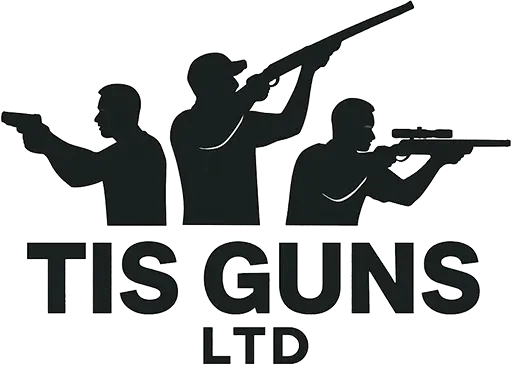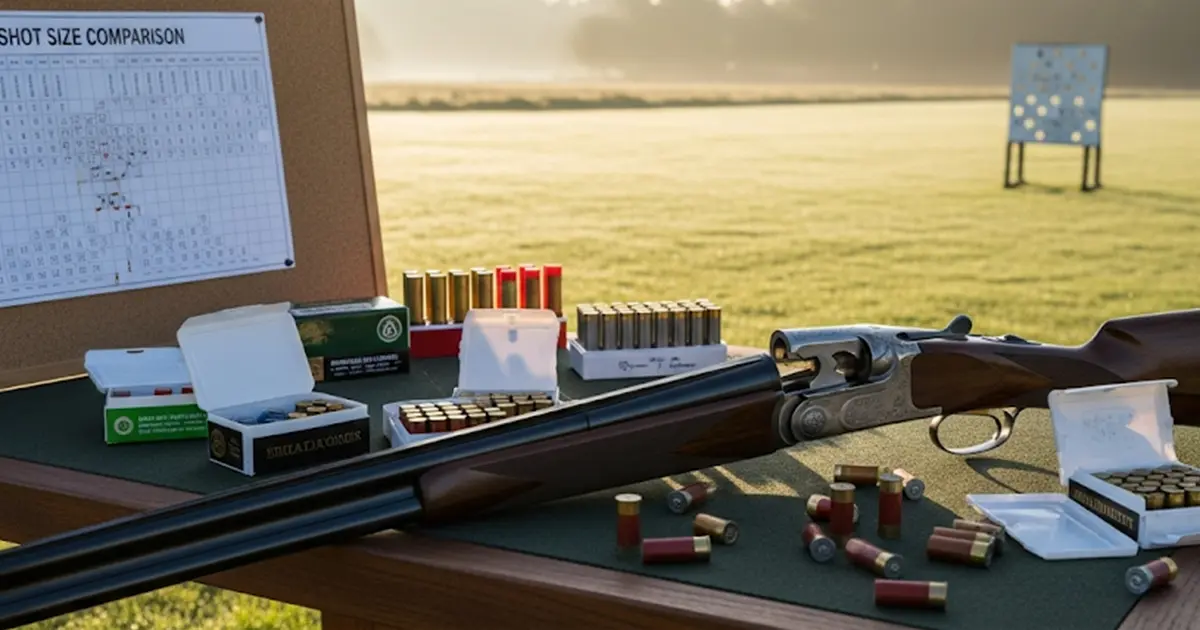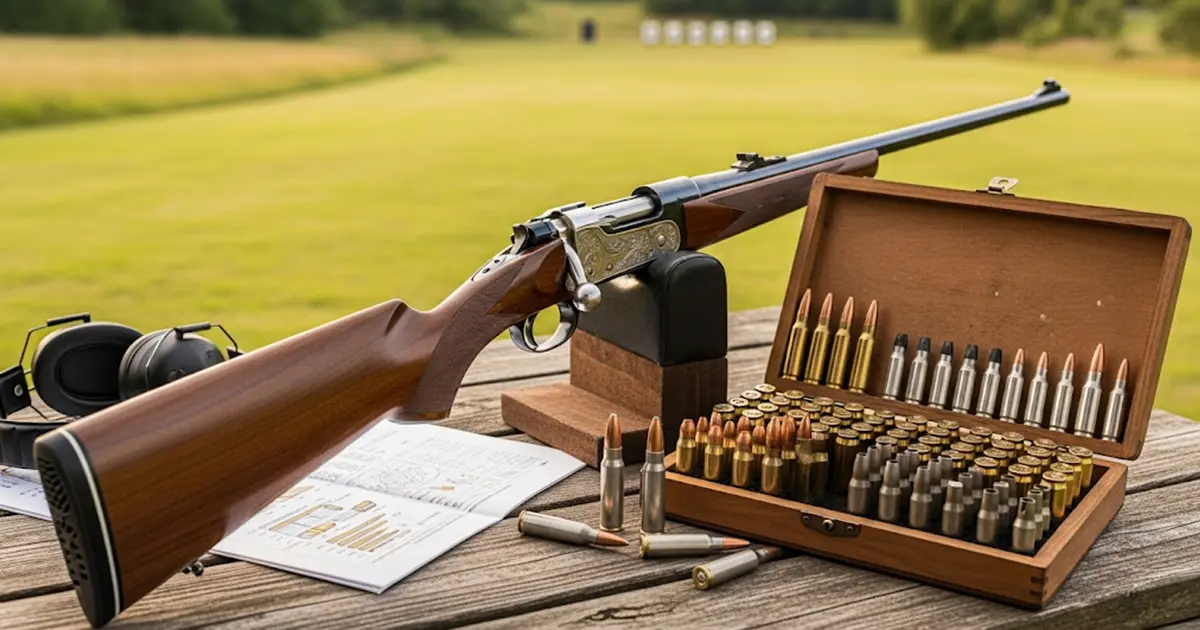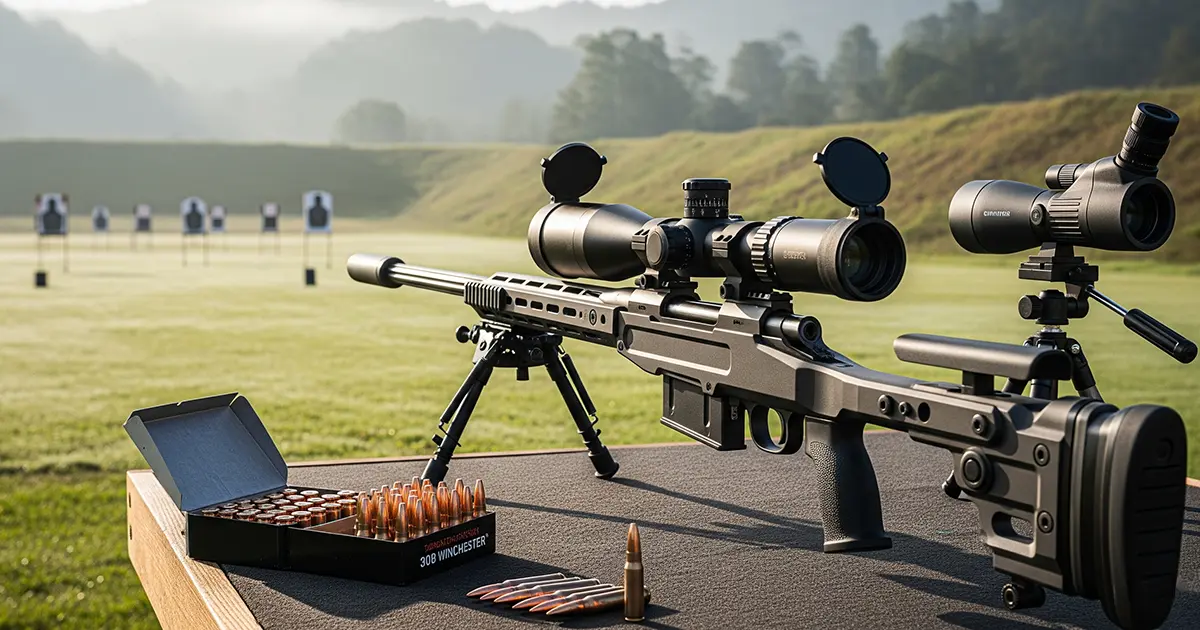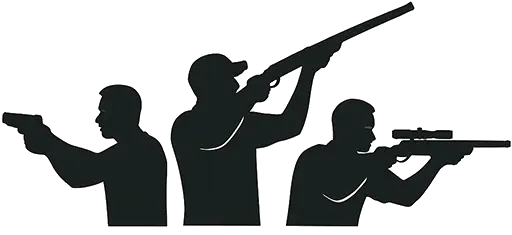Choosing the right shot size can make the difference between a clean break on a clay and a clean, humane kill in the field. Yet for many shooters, the numbering system is confusing, the advice inconsistent, and the results frustrating. This guide will clear the fog, giving you the knowledge to match your cartridge to your quarry or discipline with confidence.
Making Sense of Shot Size Numbers
One of the first hurdles is understanding that shot sizes work in reverse to what many expect. The higher the number, the smaller the pellet. A No. 9 pellet is tiny, perfect for clays at short range, while a No. 4 is larger, carrying more energy for live quarry.
Expert insight: David Bellamy, Managing Director of The Instinctive Shooter, explains:
“Think of shot size as a balance between pellet count and pellet energy. Smaller shot means more pellets in the pattern but less punch per pellet. Larger shot means fewer pellets but more stopping power.”
A clear size-to-diameter chart in your shooting bag or saved on your phone can be invaluable until this becomes second nature.
Matching Shot Size to the Job
Choosing the right shot size starts with knowing your target. Here is a practical reference:
- Clays: No. 7.5 to No. 9
Ideal for skeet and close trap targets, where pattern density matters more than pellet energy. - Pigeons and Doves: No. 6 or No. 7
Balances pattern spread with enough energy to drop birds cleanly. - Pheasants and Partridges: No. 5 or No. 6
Offers reliable penetration at typical driven shoot distances. - Ducks (non-lead): Steel No. 3 or No. 4, Bismuth No. 4 or No. 5
Meets legal requirements while maintaining knockdown power. - Geese (non-lead): Steel BB or No. 1, Bismuth No. 1 or No. 2
Larger shot retains energy over the extended ranges geese are usually taken.
Real-world example: A Lincolnshire shooter switched from No. 6 to No. 5 for pheasants after finding too many birds flying on. The result? More decisive kills and fewer pricked birds.
Performance: More Than Just Size
Shot size is only part of the story. Pattern density, retained energy, and effective range all play a role in performance.
A pattern plate test at 30 and 40 yards will show you exactly how your chosen cartridge performs in your gun. Many shooters are surprised at how a change in choke or barrel length alters the results.
Tip from David: “Every gun is an individual. Two guns of the same make and model can pattern differently with the same cartridge. Pattern testing is not optional if you want consistency.”
Avoiding the One-Size-Fits-All Mistake
Some cartridges can do double duty for clays and game, but it’s rarely ideal. Clay loads are designed for consistency and low recoil, while game loads prioritise terminal performance. Using the wrong load can mean missed targets or wounded game.
A sensible approach is to carry dedicated cartridges for each purpose. If you shoot both clays and live quarry in the same day, keep them clearly labelled to avoid confusion.
When Your Preferred Load Is Out of Stock
Regional supply can be patchy, especially for less common sizes. The trick is knowing what you can substitute without compromising performance.
If you normally shoot No. 6 for pigeons and only No. 7 is available, consider slightly tighter choke to maintain pattern density at range. Conversely, if stepping up to No. 5, remember that the pattern will be sparser, so keep your shots within the effective range.
Staying Legal and Ethical
UK regulations on lead shot are evolving. In England, the use of lead over wetlands is already restricted, and more changes are on the horizon. Some game shoots have voluntarily switched to non-lead entirely.
Always check:
- Current laws for your location
- The requirements of the shoot you are attending
- That your gun is proofed for the shot material you intend to use
The Instinctive Shooter can advise on safe, effective non-lead options for everything from partridge to geese.
Building Confidence in Your Choice
The best way to gain confidence is to combine knowledge with practical testing. Keep notes on:
- Quarry or target type
- Shot size used
- Choke and barrel length
- Results and observations
Over time, you’ll develop a personal reference that complements the general advice here.
Final Word from David:
“Shot size choice is about matching your kit to the job and making sure you do it humanely and effectively. Once you get this right, your shooting improves, your confidence grows, and you spend less time second-guessing your ammunition.”
Your Shot Size Questions Answered
What Shot Size Is Best For Pheasants In The UK?
For driven pheasants, No. 5 or No. 6 shot is ideal, offering a balance of pattern density and pellet energy. This combination provides clean kills at typical sporting distances.
Why Is No. 9 Shot Smaller Than No. 4?
Shot sizes run in reverse order, with higher numbers meaning smaller pellets. This numbering system dates back to early cartridge manufacturing standards and is still used worldwide.
Can You Use The Same Cartridge For Clays And Game?
While possible, it is not recommended for best results. Clay loads focus on consistency and reduced recoil, while game loads prioritise penetration and knockdown power.
Does Choke Choice Affect Shot Size Performance?
Yes, choke impacts pattern spread and density. A tighter choke can help maintain effective range with smaller shot, while an open choke suits closer targets and larger shot.
Is Lead-Free Shot As Effective As Lead?
Modern non-lead options such as steel and bismuth can match or exceed lead performance when paired with the right gun and choke. Always check your shotgun is proofed for the shot type you intend to use.
How Can You Test Which Shot Size Works Best In Your Gun?
Pattern testing on a plate at known distances is the most reliable method. It shows exactly how your chosen cartridge performs with your gun and choke combination.
